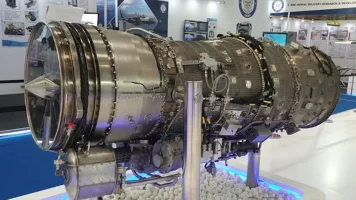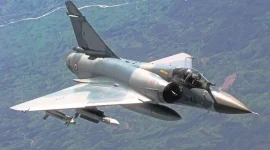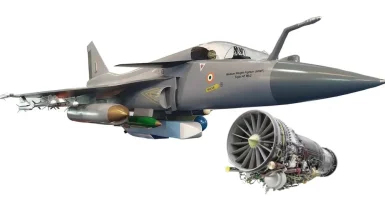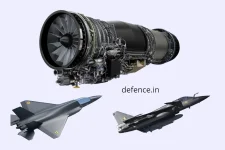- Views: 3K
- Replies: 14
India's advanced indigenous fighter jet, the Tejas Mk2, is set for its first flight in the first quarter of 2026 (April to July 2026), according to Dr. Samir V. Kamat, the head of the Defence Research and Development Organisation (DRDO).
This confirmation aligns the programme's key milestones, following a statement from Hindustan Aeronautics Limited (HAL) that the aircraft's assembly would be completed and rolled out by March 2026.
The Tejas Mk2 is being developed as a significantly more powerful and capable successor to the current Tejas Mk1 and the upcoming Mk1A variants. Classified as a medium-weight fighter, it represents a substantial leap in India's military aviation capabilities.
The new aircraft is designed to be larger and will be equipped with the more powerful General Electric F414 engine, which produces 98 kN of thrust, allowing for a higher weapons payload and extended combat range compared to its predecessors.
Key upgrades include the integration of an indigenous Uttam Active Electronically Scanned Array (AESA) radar, which enhances the pilot's ability to track multiple targets simultaneously.
The aircraft will also feature an advanced electronic warfare suite for improved survivability in hostile environments, a modern glass cockpit, and an increased payload capacity of 6.5 tonnes across 11 hardpoints.
These enhancements will enable the Tejas Mk2 to perform a wider range of missions effectively.
The development timeline indicates that once HAL completes the prototype's assembly and system integration for its rollout by March 2026, the aircraft will undergo extensive and rigorous ground testing.
Dr. Kamat emphasized that these comprehensive validation processes are crucial to ensure the jet meets the stringent performance and safety standards demanded by the Indian Air Force (IAF) before it undertakes its maiden flight.
The Tejas Mk2 programme is a cornerstone of the IAF's modernization plans. It is slated to replace aging fleets of Jaguar, MiG-29, and Mirage 2000 fighter jets, which have been the backbone of India's air defence for decades.
With an anticipated requirement of six squadrons, totaling around 120 aircraft, and a potential for further orders, the Tejas Mk2 is vital for the IAF to achieve its sanctioned squadron strength.
The programme also provides a major boost to India's goal of 'Aatmanirbhar Bharat' (self-reliant India) in defence manufacturing, fostering a robust domestic aerospace ecosystem.




